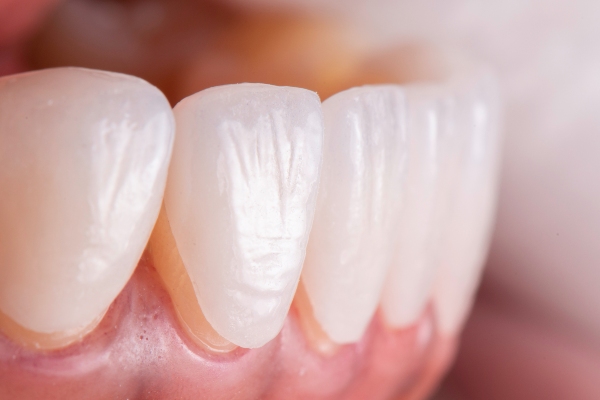How Long Does a Dental Filling Last?

It would be nice if your dental filling lasted for the rest of your life. Unfortunately, a dental filling needs to be replaced eventually. Many fillings can last for up to 20 years. However, this number can vary depending on your health and oral care. Continue reading to find out more about the life span of dental fillings.
What is a dental filling?
If a patient has a tooth that starts to decay, a dental filling can fix the problem. First, the dentist will drill out any decay that is not wanted. Without this step, the decay can spread throughout the tooth. The tooth will then be filled with a substance so it will stay strong. There are several things a filling might consist of, including:
- Gold
- Porcelain
- Composite resin, which blends with the rest of the teeth
- Silver amalgam, made from silver, mercury, tin and zinc
When will the filling need to be replaced?
Generally, a dental filling will last for at last seven years. This can last for as long as 20 years. It will depend on where the filling is located, the patient’s dental hygiene and the size. Fillings undergo a lot of stress every day. Each time the patient chews, the filling is compromised. The filling might come loose bit by bit.
This creates an area that food particles can easily collect in. That will only cause further damage to the tooth. If the tooth begins to decay with a filling, the hole will be larger than the filling. That could cause the filling to come loose.
For this reason, regular visits to the dentist are even more important. Patients should visit the dentist every six months. This can prevent the filling from becoming loose and being an issue. By not visiting the dentist, patients may need to have a root canal treatment or extraction instead.
Avoiding decay
With the right dental care, patients can prolong the life of their fillings. The right dental care can go a long way toward helping. It is important to brush twice a day with a toothbrush that has soft bristles. This will prevent the brushing motion from wearing down the patient’s gums. Flossing will help prevent gum disease or a small cavity from starting.
It is also important to have the teeth cleaned by a dentist every six months. This can “reset” the patient’s oral health and cleanliness. This is a good idea because even proper oral hygiene may not be able to remove all of the plaque. The dentist will also look for early signs of tooth decay. Catching cavities early will prevent them from growing.
Visit a dentist today
Your dental filling can last up to two decades if you care for it properly. However, if you have an old filling, it may need to be replaced. Your dentist can help you decide when that should happen. Making an appointment with your dentist today is the first step.
Request an appointment here: https://www.smilebeautification.com or call Precision Smiles. at (201) 204-1355 for an appointment in our Hackensack office.
Check out what others are saying about our services on Yelp: Read our Yelp reviews.
Recent Posts
Advancements in orthodontics make it possible to achieve a straighter smile without the noticeable appearance of traditional metal braces. Clear braces provide an option that blends in with natural teeth, offering a more subtle approach to orthodontic treatment. Their translucent or tooth-colored materials allow individuals to correct alignment issues while maintaining a simple aesthetic.Clear braces…
Dental veneers and dental crowns are restorations that can change the appearance of your teeth. Though they are different procedures, people often confuse the two. This article will review the key differences between crowns and veneers to help you better understand which procedure is right for you.A dental veneer is a thin covering for a…
Those seeking to perfect their smiles often turn to dental veneers. This treatment is well known for helping to create bright and dazzling smiles free from imperfections, making it one of the most sought-after cosmetic procedures. In addition, veneers are aesthetically pleasing and versatile in addressing the widest range of cosmetic issues.However, it is important…
Your smile is one of the essential parts of your appearance, so you may want to get teeth whitening. It is a great way to add something to your appearance, and it can make your face look better. It makes you appear happier, and it can help others feel better too when meeting you. And…


